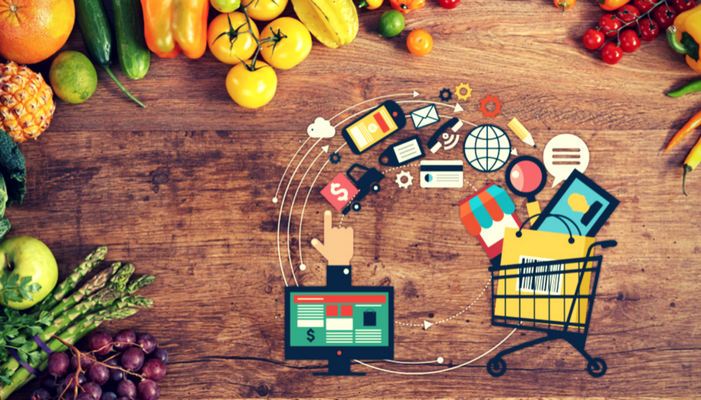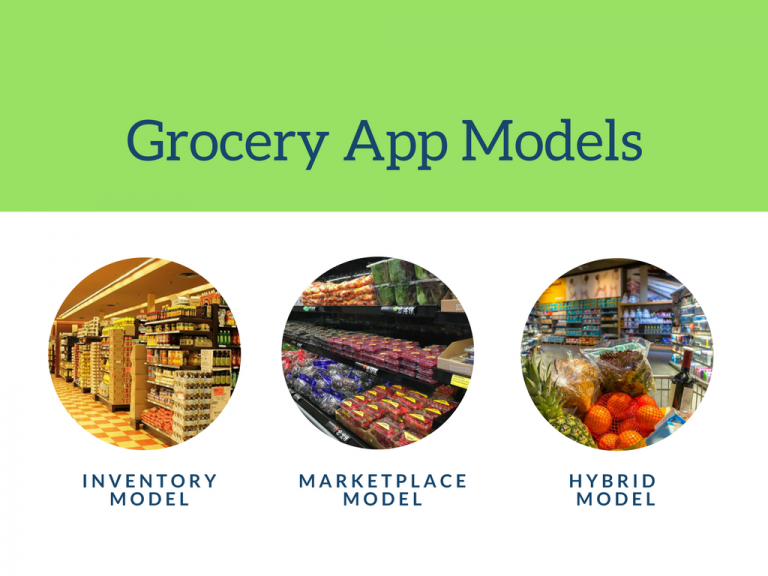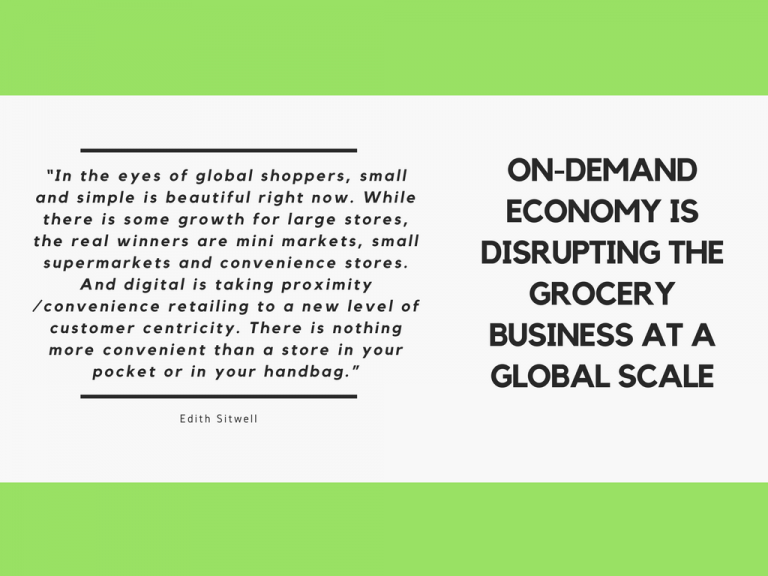
E-commerce has completely redefined the traditional shopping methods. With the changing behavior of customers and technology disruptions in each sector, the online business models have made their way into every business vertical. Mobile commerce has taken the game to the next level as customers prefer to buy all their stuff just at a tap while sitting anywhere and anytime. Other than the shopping platforms, marketplaces are becoming popular among masses rapidly. Unlike a shopping platform, a marketplace may or may not have inventory of its own.
The main motive of a marketplace is to connect buyers with the apt sellers through an online portal. Let us understand this with traditional example.
A shopping complex sells its own inventory and customers pay to the single business owner for purchasing any goods. On the other hand, if you visit a marketplace where all vendors are selling different goods, there you are purchasing goods from different vendors. The vendors pay certain price to use the space. The responsibility of getting the goods and then selling them to the customers is of vendor’s.
Similarly, an online marketplace is just a platform where different service providers sell their services or products while paying a certain amount from their sales.
Marketplace can have any type of businesses enlisted to sell their products or offer services. From selling merchandise to hand-crafted pieces to selling bakery stuff; marketplaces are a great way for small businesses to connect with their customers without spending a lot of money. In this blog, we will cover the grocery marketplace business model and how it benefits the small grocery business owners.

Grocery business model can be any of three primary models:
The most beneficial among the three is Marketplace model that empowers small business owners by providing them a space to sell their goods. The marketplace owner does not need to maintain any inventory or ship products. Thus, marketplace owner has lesser headache and more profits.

The success of online grocery business depends upon two factors:
Marketplace owner earns through commissions from vendors primarily. A customer places an order through the marketplace and makes the payment. The payment is received on marketplace owner’s end. After the completion of order, the vendor is given his payment after deducting the commission.
Other than commissions, there are other revenue generation methods for the marketplace owner. There can be periodic subscriptions that have some offer or discount along with to engage more customers. There can be secondary revenue methods such as:
These methods may work slightly different for different companies due to their target audience, market and user acquisition techniques.
The number of factors can be endless. That being said, understanding the psyche of your customers would make great difference in defining the success of any business. From our research, here are a few crucial factors that can make or break your online grocery marketplace.
A buying decision is usually influenced by the looks of a product or the marketplace. Suppose you enter a huge store that has all its products nicely stacked in rows in front of you. Even though you do not need any of those, you would want to have a look and then end up buying at least one from that specific section. The modern customers do not rely on making shopping lists. Rather they buy what they see. Thus, to get your customers buy products from your marketplace, you must ensure:
As mentioned earlier, you should not make it difficult for the customer to look for products. To make it more simplified, you can ask a few questions to your customer that will help you display relevant products to him/her. Fetching the age, interests and job occupation details can help in narrowing down the product list that your user might be interested in buying.
Your solution should also focus on what your customers do not like. Negative feedback is more important than the positive feedback. Thus, you should also maintain records about products that your customer dislikes. This can be done with a simple optimization algorithm that interprets likes and dislikes based upon the swipe direction (just like Tinder).
To know the interests of your customer, wishlist is the best way. Moreover, you can always retarget your customers based on whatever they have added in it. However, a grocery business does not necessarily require a wishlist but having one would not cause any harm.
Shopping cart should be convenient to use. Adding or removing products in your cart should be fast and easy, failing which will lead to uninstall of your application.
Customers prefer easy checkout methods like Amazon and Ebay. Add a faster payment gateway like PayPal, Stripe etc. and let your customers make payments at a tap. Avoid using a payment option that people have not heard of because they only choose reliable gateways that they have already used or heard of.
This is the most important factor in any on-demand business, especially grocery. On-time delivery with quality goods will help you retain customers. No matter how amazing your App Interface is or how fast your checkout process is, if you have a weak delivery network, you will lose the entire game. In case of marketplace, you can either get the products shipped under your business or ask the vendor to do it.
Your brand reputation is dependent on the vendors that are listed on your marketplace. Therefore, you must ensure that none of them is spoiling your brand name with their unprofessional services. Having professional vendors on your marketplace should be your main aim. To do so, you must have feedback from customers and take actions accordingly.
Like any business owner, a marketplace owner also has a lot to manage other than the inventory and shipping. That said, small businesses get to earn a lot from this business model. With the changing needs of modern day customer, there has been a huge impact on the non-tech business sector that comprises of local grocery shop owners too. Thus, with marketplace they can make a comeback in their business and earn more money like never before. Moreover, grocery business can never fail as it is the basic need of every human being.
September 26, 2022